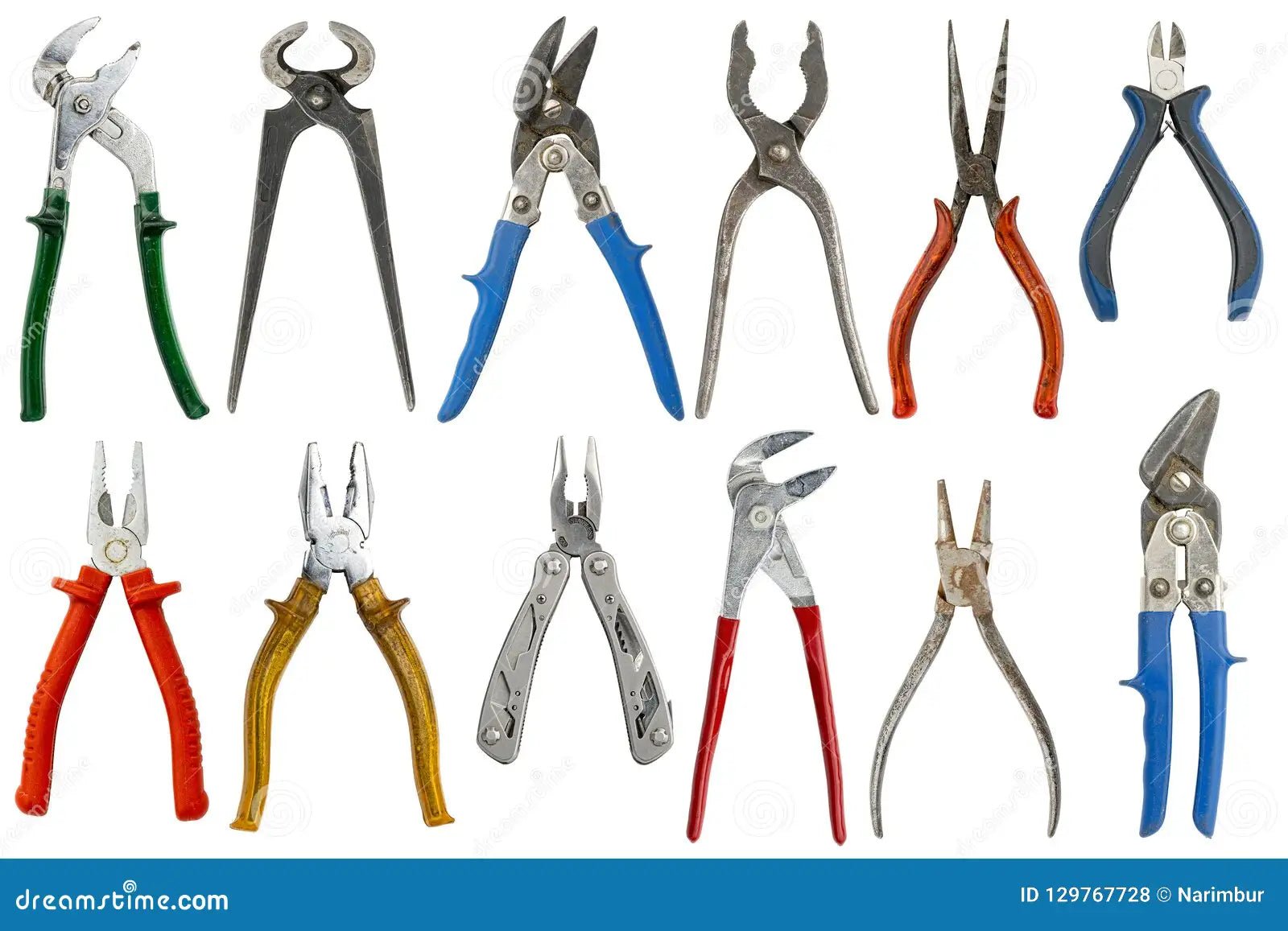
Choosing the Right Pliers: A Comprehensive Guide
Pliers are the unsung heroes of the toolbox, serving a multitude of purposes from cutting and tightening to loosening objects. Their adaptability makes them indispensable, but with a vast array of pliers available, it can be challenging to know which one to select for a specific job. In this guide, we'll help you navigate the world of pliers and make informed choices depending on your needs.
Selecting the Appropriate Plier Type Pliers are versatile tools that are sometimes misused for general tasks. While they can handle various jobs, it's crucial to understand their proper use and maintenance to ensure safety on the job.
As a general rule, the type of pliers you choose should align with the task at hand. Pliers fall into three main categories: locking, adjustable, and non-adjustable.
-
Locking Pliers (Vice Grips or Mole Grips):
- Designed to hold objects securely in place with seamless clamping.
- Ideal for gripping nuts, bolts, or heavy-duty equipment.
-
Tongue and Groove Pliers:
- Adjustable pliers offering a firm grip while turning and holding nuts and bolts.
- Widely used in various industries, from plumbing to electrical work.
- Non-sparking tongue-and-groove pliers reduce the risk of ignition in hazardous conditions.
-
Diagonal Cutting Pliers:
- Used for trimming wire, zip ties, and cutting thin screws and nails.
- Insulated diagonal-cutting pliers are designed for work in areas with combustible materials and provide electrical shock protection.
-
Precision-Cutting Pliers (Mini Diagonal Pliers):
- Suited for detailed work with small parts and delicate components.
- Ideal for electronics and fine control tasks.
- ESD-Safe pliers dissipate electrostatic charges when working near sensitive electrical components.
-
Slip-Joint Pliers:
- Feature an adjustable pivot point to extend their jaw range.
- Used for gripping various materials such as pipes and wires.
- Non-sparking slip-joint pliers reduce the risk of ignition in hazardous locations.
-
Linesman’s Pliers:
- Non-adjustable pliers for gripping and manipulating wires and cables in electrical and lineman industries.
- Non-sparking versions are also available.
-
Long Nose Pliers (Needle Nose Pliers):
- Non-adjustable pliers with a long, thin profile for reaching tight spaces.
- Used for cutting, holding, pulling, and repositioning items.
- Non-sparking long-nose pliers reduce the risk of ignition in hazardous conditions.
-
Retaining-Ring Pliers (Circlip or Snap Ring Pliers):
- Adjustable pliers with tips for installing and removing snap rings.
- Used in machinery maintenance for components like actuators and motor shafts.
When it comes to cutting with pliers, certain materials should only be handled with specialty pliers designed for specific tasks. General use or light-duty pliers are not suitable for cutting nuts, bolts, hot wires, or hardened wires, but there are specialty pliers designed for these tasks.
Specialty Pliers
-
Wire-Twisting Pliers:
- Create tight, consistent twists in wires to resist unraveling.
- Commonly used for safety wire twists in aircraft and high-vibration machinery.
-
Hog-Ring Pliers:
- Designed for tightening metal rings around cords, making fencing and furniture installation easier.
-
Fencing Pliers:
- Multipurpose pliers for installing and repairing wire fences, equipped with a hammer, staple claw, and wire cutter.
-
Hole-Punching Pliers:
- Used to punch holes through tough materials like leather, rubber, and plastic.
- Handy for crafts, hobbies, and various tasks.
Understanding Jaw Shapes Pliers come with different jaw shapes, each tailored for specific functions:
- Long Nose jaws for precise clamping in tight spaces, gripping staples, and small fasteners.
- Curved jaws for gripping pipes and round stocks, especially useful for loosening frozen nuts and bolts.
- V jaws for secure gripping of hex-head fasteners to prevent slipping, damage, and injuries.
- Flat jaws for complete contact with flat surfaces, gripping flat, square, and hex-shaped materials.
- Parrot jaws with a curved top jaw to fit round fasteners, round stock, and small-diameter pipes, providing uniform pressure.
Handle Design Matters Pliers also feature various handle designs, such as curved, straight, lever, or quick-release openings. Lever handles open when a release lever is pressed, while quick-release handles open with a push on the lower handle. Quick-release handles are more convenient for one-handed operation and eliminate the risk of pinching your hand during release.
Safety Precautions: Dos and Don'ts Safety should always be a priority when working with pliers. Here are some important dos and don'ts to keep in mind:
- Use pliers of the right size for your hand and personal comfort to prevent accidents like pinched hands or fingers.
- Avoid using pliers as hammers, as they can break or become damaged.
- Keep pliers away from excessive heat, as it can alter their properties and damage the tool.
- Use a wrench for tightening nuts or bolts instead of pliers to avoid damaging the fastener.
- When working near live wires or parts, use insulated pliers to protect against electrical hazards.
- Never use pliers for cutting hardened wire unless they are specifically designed for this purpose.
- Always cut at right angles, avoiding bending the wire back and forth, and ensure that the cutting edges are sharp.
- Do not extend the length of plier handles to create more leverage; use the appropriate tool for the task.
- Periodically lubricate your pliers by applying a drop of oil at the joint to maintain their performance and extend their lifespan.
- Wear safety glasses or goggles to protect your eyes when cutting wire.
In conclusion, the world of pliers offers a wide range of options to suit various tasks and applications. By understanding the different types, jaw shapes, and handle designs, and by following essential safety precautions, you can confidently choose and use the right pliers for any job, making your work safer and more efficient.
